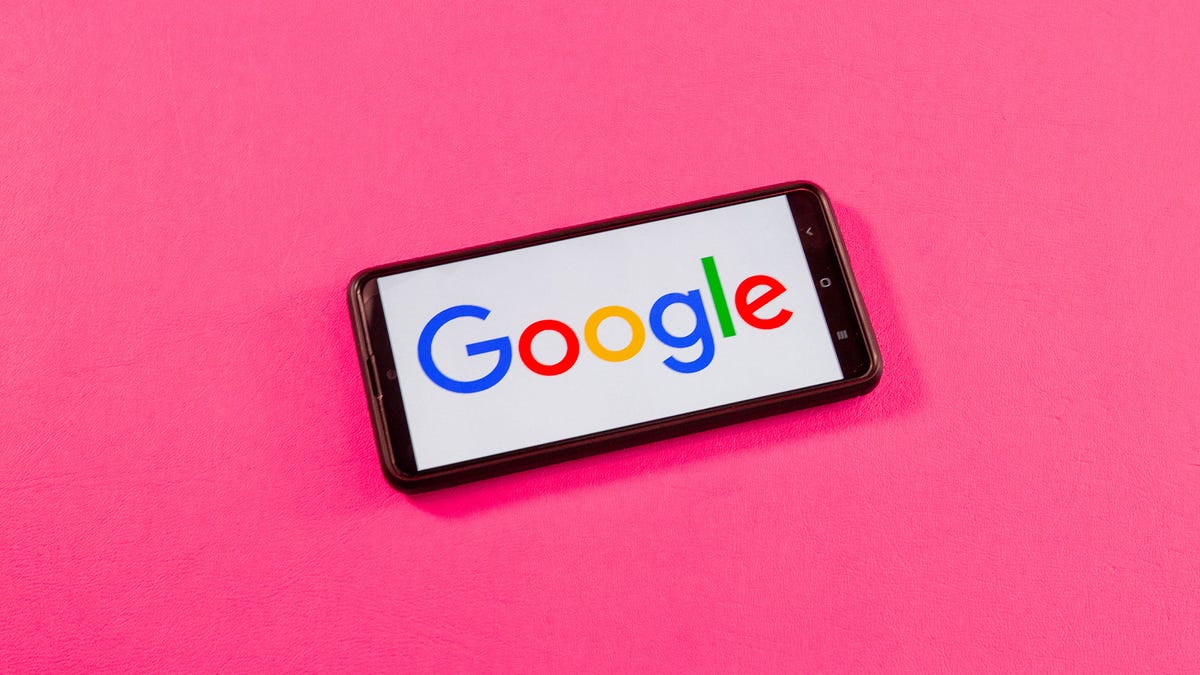Google Search Makes Sharing Links Easier: How to Do It
The share feature was quietly introduced, though it's uncertain who's seeing it.

Google has quietly introduced a new share feature, both in-app and on the web, as reported Monday by 9to5Google.
The feature works much like the share buttons found on Twitter, Reddit or a number of other websites, allowing you to send links with a few clicks. It isn't officially part of Google's new Search Generative Experience, or SGE, but the only two reporters at CNET signed up for SGE are the only two who can see the new share function. We're waiting for clarification from Google.
Google Search is getting a new share feature.
How to use the new share function in Google Search
If you're one of the few who have it available, here's how to use the share function:
- Open up Chrome.
- Type your search into Google.
- Once results appear, hover over a link.
- A share icon should appear toward the left.
- There will also be icons to save the link to your account or export it to Google Sheets.
In the Google app, you can swipe toward the left to reveal sharing options, according to 9to5Google. CNET's test unit doesn't seem to have this enabled, meaning the update may still be rolling out to all users.
If you don't have the new search feature, or you're on a mobile device, you can share your results by clicking on the three dots to the right of a link and tapping share. The export to Sheets function doesn't seem to be enabled on mobile at the moment.
What is SGE?
Google unveiled its Search Generative Experience at its Google I/O developer conference earlier this year. This experimental version of search integrates AI-generated results directly above the 10 blue links that populate when users make a query. SGE does a lot of the heavy lifting for you, filtering information from multiple sites and synthesizing that information in an easy-to-read manner. SGE also displays links to sources on the right-hand side.
Increased competition from ChatGPT, an AI chatbot that can seemingly serve up a novel answer to any question within seconds, has put pressure on Google to release a similar product. Google unveiled Bard earlier this year, but the chatbot made errors, and it didn't surprise people in the same way ChatGPT had. Granted, Bard has gotten better since its reveal. Microsoft's Bing has also been running head-first into the AI race, partnering with OpenAI, creator of ChatGPT, to integrate the chatbot's tech directly into Bing results. While such tools have vast potential to help people on tasks big and small, concerns have been raised about job loss and disinformation. Advanced AI systems have also sparked worries about their impact on society.
Considering that Google makes most off its money from Search, it isn't too surprising that it's been quick to release more experimental products to push back against competition.
Here's how to sign up for SGE:
- Open Chrome on your computer or open the Google App.
- Sign in to your Google account.
- Open a new tab in your browser.
- At the top-right, click the Labs icon (it looks like a beaker) if it's available to you.
- If the Labs icon is there, click Join Waitlist.
Editors' note: CNET is using an AI engine to help create some stories. For more, see this post.
Correction, July 11: Google clarified that the new share function isn't a part of Search Generative Experience.

